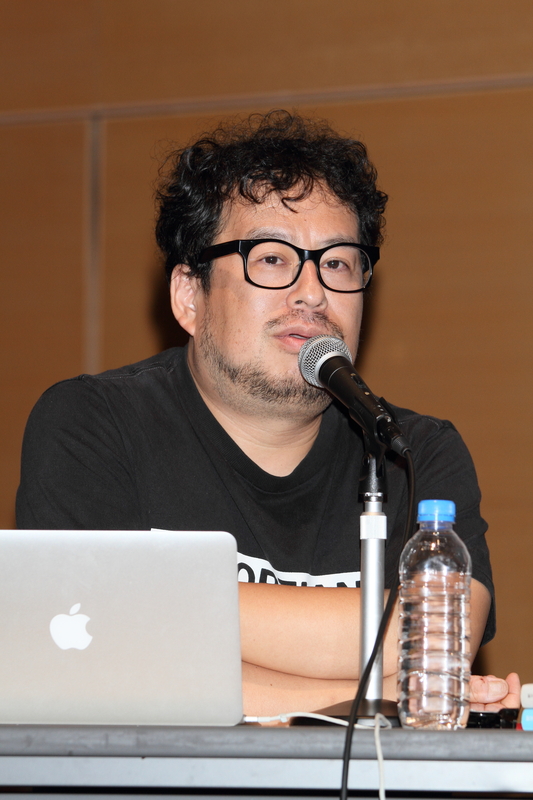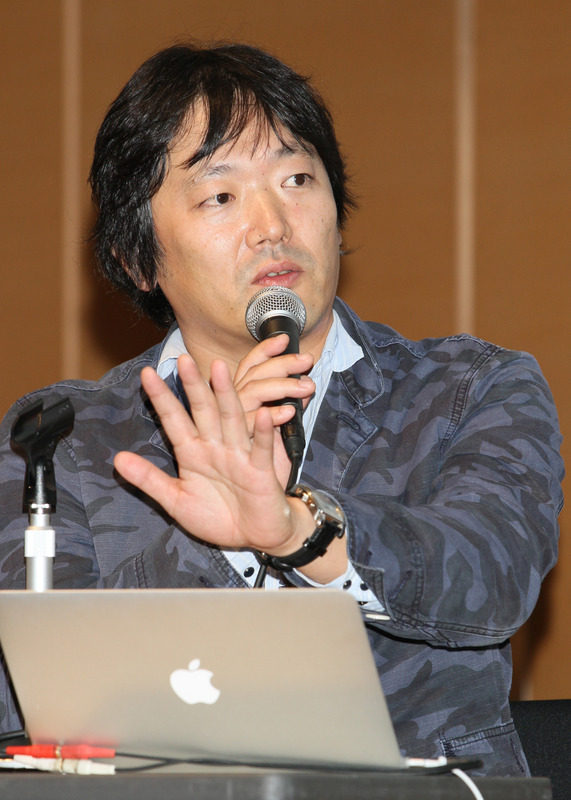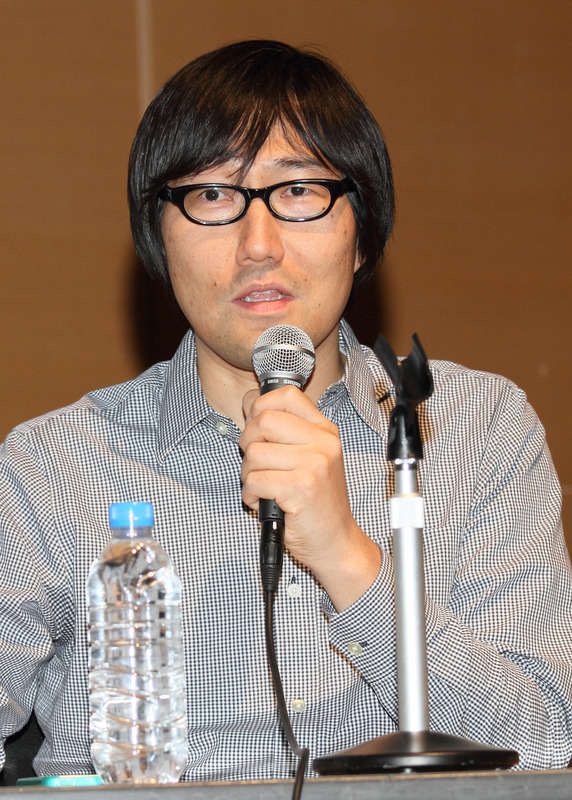Dentsu Inc. Design Talk #122, titled "A Deep Dive into 'Ideas and Presentations'," welcomed three creators: Kentaro Kimura from Hakuhodo Kettle, Toshiyuki Konishi from POOL, and Shinichi Fukusato from One Sky. The event took place on September 9th at Dentsu Hall. We present the second part of this three-hour talk live, filled with numerous discoveries and insights.

The Reason Behind Long-Running Series Ads
Kimura: Mr. Fukusato, your commercials—whether "Alien Jones" or "TOYOTOWN"—often become long-running series. What's the secret?
Fukusato: It's my patience (laughs). I think most creators have a strong desire to do new things. But I find it interesting to keep putting different things into the same conceptual framework. Like the drama "Mito Kōmon," long-running programs have a pattern, and they keep doing it for decades without getting bored. I actually really like that kind of thing.
Kimura: While ideas originating from products might run out after three or four concepts, expanding from social trends means the material never dries up. Your projects start with products, yet they're interestingly connected to the times and social climate. How does that process work?
Fukusato: In my case, I start by thinking about how that product relates to people's lives, so I inevitably end up depicting people's lifestyles. That's probably why social trends naturally come into play. Commercials air alongside TV programs, so I don't think we need to separate them too much. "Talent advertising" often gets criticized, but if you think about it calmly, it's normal for TV programs to feature lots of celebrities or use social trends as material.
 |
|
Konishi: True, both "Space Alien Jones" and "TOYOTOWN" capture the era, are enjoyable, and feel like shows themselves. But on the other hand, many jobs must inevitably become packed with corporate messages, as if there's too much to say within the commercial. How do you switch your mindset between those approaches?
Fukusato: If you have to convey a lot of messages, I think it's better to do it in a way that feels pleasant. For example, with Toyota's "Kids Store Manager," no matter how much you explain eco-car tax breaks or subsidies, it just feels nicer coming from a child. Plus, while they're explaining things seriously, they revert to being clingy in front of Mom. By portraying that unique childlike cuteness, it probably makes the message easier to listen to.
Tips for Writing Proposals, Tips for Presentations That Get Approved
Konishi: Do either of you have personal tips for writing proposals?
Kimura: Years ago, I asked a client I presented to weekly why my presentations never seemed to land well. He told me, "It's the afternoon, so people are sleepy. They're thinking about other things. And honestly, nobody trusts you at first." That really clicked. So now, I craft proposals to wake people up, grab their focus, and earn their trust.
Konishi: My presentations follow a basic logic: "Here's the difficult part, and here's how we simplify it." My personal theory is that people are happy when complex things become easy. Also, I always start by introducing a keyword, choosing it based on just two questions: "Will this make the audience (the world) happy?" and "Will people want to talk about this?" "Making the audience happy" drives breakthrough impact, while "who they'll tell" creates ripple effects. I always strive to conceptualize things as simply as possible, crafting clear, actionable phrases everyone can grasp. For Nissan Serena, I believed the simple phrase "Memories over things" would resonate most. For Premium Malts, I thought stating it straight—"The beer that won the gold medal"—would sell best. Honestly, I'd love to make funny commercials like Fukusato-san's too (laughs).
| |
 |
Fukusato: My proposals lay out the exact thought process I used to develop the concept, explaining how that led to the final commercial. I find that approach easiest for me to present, and I think it's easier for the other person to follow too.
Kimura: I'm the complete opposite. My mentor taught me, "Don't talk about the thought process." So I rewrite the proposal I've written once, rewriting it again from the other person's perspective. I focus on: "This is the most effective point," "This is the best way to achieve it," and "Let's experience it together." I often frame it like a customer journey: "One day I saw this info on TV, then noticed an event ad on the subway, and it was even in the online news..." You rarely get to see other people's proposals, but I bet they're totally different. Next time, let's secretly show each other ours (laughs).
<End>
You can also read the interviewhereon AdTie!
Planning & Production: Dentsu Inc. HR Department · Aki Kanahara








